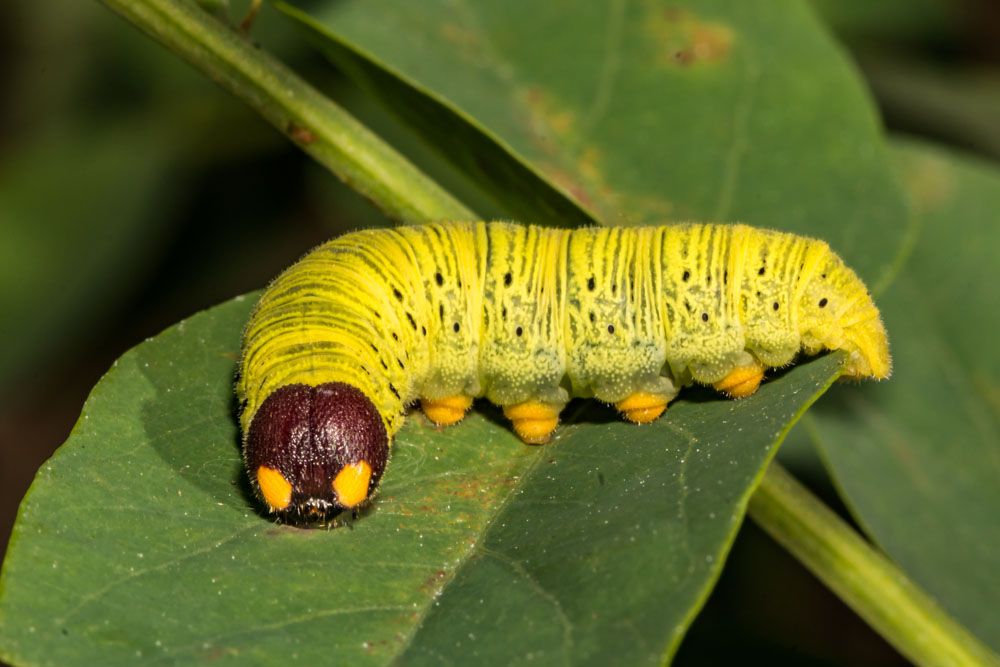
Silverspotted Skipper – Epargyreus clarus
Silverspotted Skipper – Epargyreus clarus
Common Name: Silverspotted Skipper
Latin Name: Epargyreus clarus
Appearance:
The Silverspotted Skipper showcases unique characteristics all over its life stages:
Butterfly wings are about 1.5 to 2.5 inches (3.8 to 6.4 cm) long when they are fully grown. The top of the wings is dark brown and has a sparkle of blue-green metal. The butterfly gets its popular name from a large silvery-white spot on the back wing.The caterpillar is green and has a thin line of pale yellow running down each side. It looks a little flattened and has a small head.
Host Plant:
Silverspotted Skipper insect caterpillars eat the leaves of many types of legumes. Plants in the pea family (Fabaceae), like locust trees (Robinia spp.) and fake indigo (Amorpha spp.), are often used as hosts.
Territory:
Silverspotted Skippers may be found all throughout North America, in a variety of habitats including open forests, meadows, fields, and gardens. They are especially common in locations where their host plants are numerous.
Damages caused by Silverspotted Skipper:
Silverspotted Skipper caterpillars devour leaves from host plants, although the damage is often modest and poses no substantial harm to the overall health of the plants. These butterflies are not regarded to be significant agricultural pests.
Life History and Habitat:
Life Cycle:
The Silverspotted Skipper goes through a full transition, with egg, larval (caterpillar), pupal, and adult stages.
Egg: Butterfly adults lay their eggs on host plant leaves.
Larva: The caterpillar grows from an egg and eats the leaves of the mother plant. It moults several times before it’s fully grown.
Pupa: A fully grown worm turns into a pupa inside a cocoon.
Adult: When the fully grown butterfly comes out of the cocoon, the life cycle starts all over again.
Habitat:
Silverspotted Skippers can live in parks, pastures, and open forests, among other places. You can often see them nectarine on flowers, and they like places with lots of flowering plants, especially ones that adult butterflies like to eat.
